Cushions care
HOMEWARES
Thank you for choosing Pampa homewares. To help keep your product looking at its best for years to come, below we have outlined a few words of advice to read before using and also to refer back to when needed.
Washing, Spills & Stains
Liquid spills must be blotted up as soon as possible. First, remove any solid materials if present with care. Using a white towel, white cloth or white paper towel to draw up the liquid is best. Place the towel or cloth on top of the spill and starting from the outside of the spill, apply pressure to soak up the liquid and draw it out of the wool. Never rub a wet liquid stain. Repeat this step until clean. If a stain is still evident, apply a small amount of lukewarm water and draw it out using the same method described above. Using a designated wool detergent can help remove the stain as well, but use sparingly so to avoid possible fading of dyes. Make sure all the detergent is then removed from the wool. If the stain can’t be removed using these methods, seek professional advice.
For small spot stains that have already dried on your cushion, we do recommend that a designated wool detergent be used as per its instructions, if you wish to attempt to remove the stain yourself. A mild mixture of lukewarm water, white vinegar and detergent can also be used as a homemade solution, but the use of a designated wool detergent is preferable. If using the homemade solution, wet a white cloth with this mixture and gently wipe, taking care not to spread the stain. If you have any doubts whatsoever or the stain is still evident once dry, seek the advice or service of an experienced cleaning professional.
Cushion covers can also be removed and hand washed in cool water with mild detergent. To remove inserts from the round cushions, simply undo the knot that is tucked into the hole at the rear of the cushion. To remove inserts from square cushions, undo knot which is tucked into the rear, approximately in the middle of the cushion. During hand washing simply massage the cover and do not wring out water afterwards, squeezing is preferred to avoid deformation. Then put the cover through a slow spin cycle only in your washing machine and then lay flat to dry as quickly as possible in the sun.
For small spot stains that have already dried on your blanket or throw, we do recommend that a designated wool detergent be used as per its instructions, if you wish to attempt to remove the stain yourself. A mild mixture of lukewarm water, white vinegar and detergent can also be used as a homemade solution, but the use of a designated wool detergent is preferable. If using the homemade solution, wet a white cloth with this mixture and gently wipe, taking care not to spread the stain. If you have any doubts whatsoever or the stain is still evident once dry, seek the advice or service of an experienced cleaning professional.
Never machine wash or hand wash an entire blanket or throw with water. This could lead to deformation and/or possible running of dyes.
Pests & Storage
Pests can potentially be a problem with natural fibre textiles. The risk of damage occurring from pests is increased when the cushion is in storage, especially in dark, humid spaces with little or no air movement. To prevent damage from moths(which are the worst culprits)regularly inspect your cushion when it is in use and in storage. In the unlikely event that you do have a problem with moths, treatments should only be applied by an experienced professional. The best prevention is to have it in use in a room with good ventilation and filtered light.
Never store your cushion in plastic bags as this can cause discolouration over a period of time. Instead, keep in a clean and dry environment that is easily accessible for regular inspection and cleaning.
Treatments
We do not recommend the application of stain preventative treatments. This can potentially lock in a liquid stain and make it very difficult to remove, even professionally. Wool contains lanolin, which is nature’s own stain repellent.
Loose threads & Shedding
In the occurrence of loose threads, which is considered normal with hand-woven textiles, we recommend carefully pushing the thread back into the weave using a blunt, pointedinstrument. If the thread is long and does not continue back into the weave, carefully trim with scissors. Take care not to cut any structural threads that could cause the cushion to potentially unravel. If in doubt, tie a small secure knot as close as possible to the cushion and cut off the excess thread.
Disclaimer
Pampa accepts no responsibility for damages caused by persons following the cleaning and care procedures listed in these instructions. This is simply advice and you should always contact an experienced cleaning professional if you are ever in doubt regarding the care of your cushion.

 Shop All Rugs
Shop All Rugs
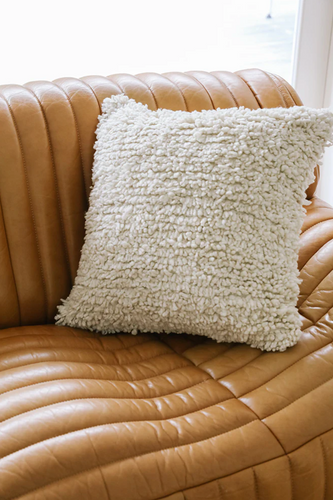 Shop All Cushions
Shop All Cushions
 Shop All Prints
Shop All Prints
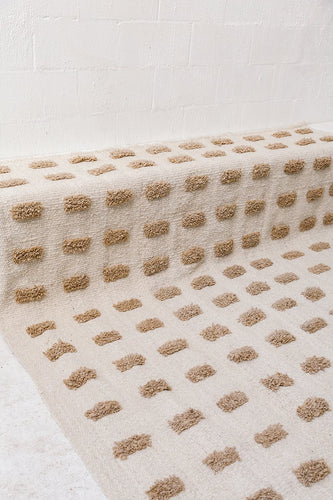 Shop Made To Order Rugs
Shop Made To Order Rugs
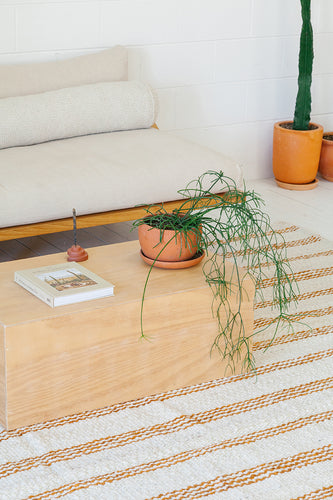 Shop Ready To Ship
Shop Ready To Ship
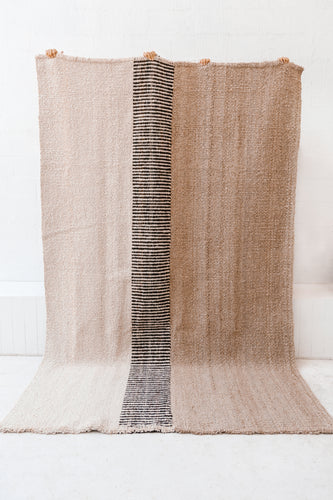 Shop All Rugs
Shop All Rugs
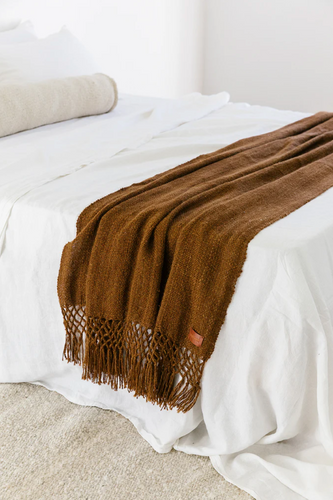 Shop Bedding & Throws
Shop Bedding & Throws
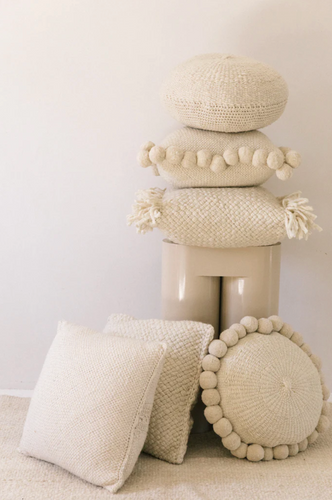 Shop Cushions
Shop Cushions
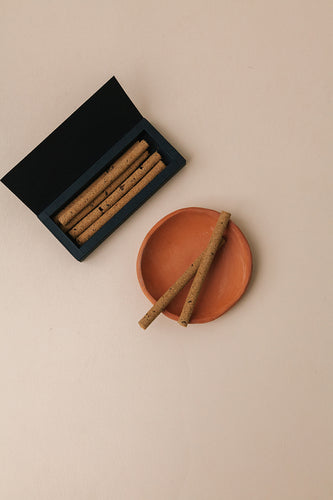 Shop All Homewares
Shop All Homewares
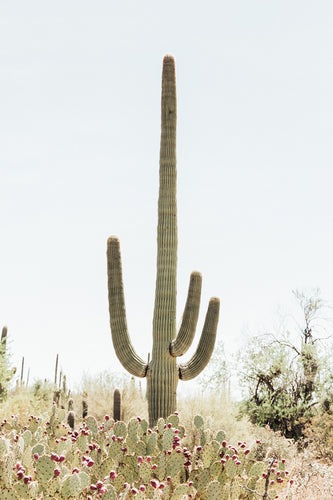 Shop Cactus Prints
Shop Cactus Prints
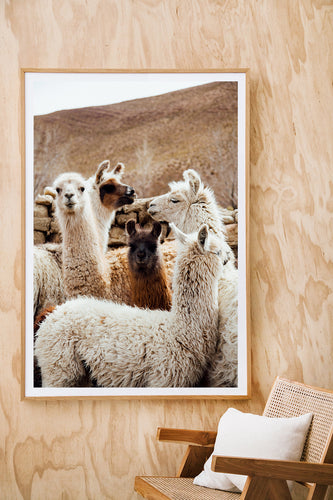 Shop Animal Prints
Shop Animal Prints
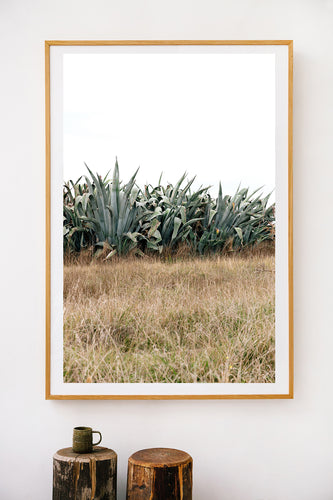 Shop All Prints
Shop All Prints
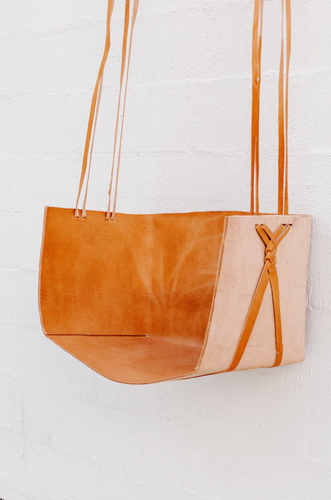 Shop Swings & Hammocks
Shop Swings & Hammocks
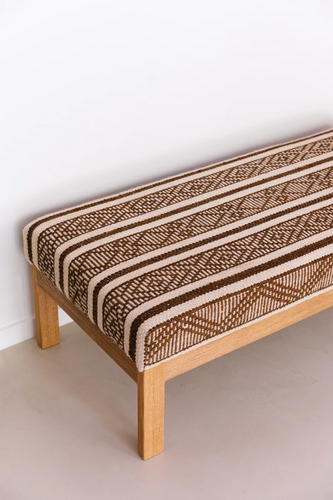 Shop Ottomans
Shop Ottomans
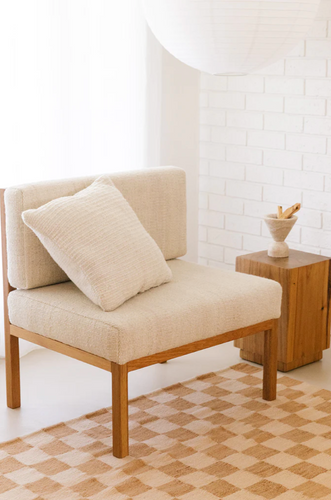 Shop All Furniture
Shop All Furniture
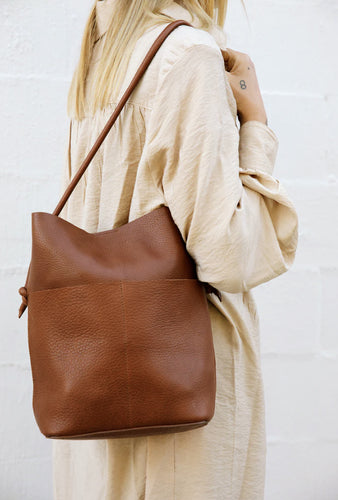 Shop Porteno Leather Bags
Shop Porteno Leather Bags
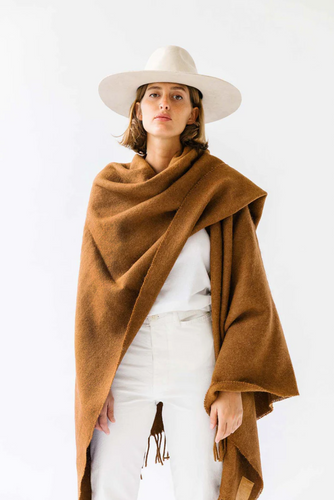 Shop Puna Ponchos & Scarves
Shop Puna Ponchos & Scarves
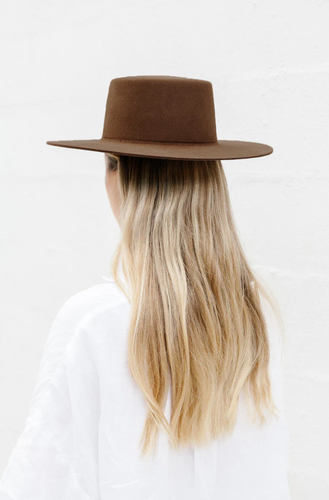 Shop All Wear
Shop All Wear
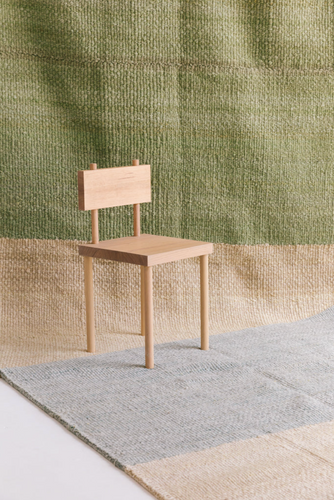 Shop Sale Rugs
Shop Sale Rugs
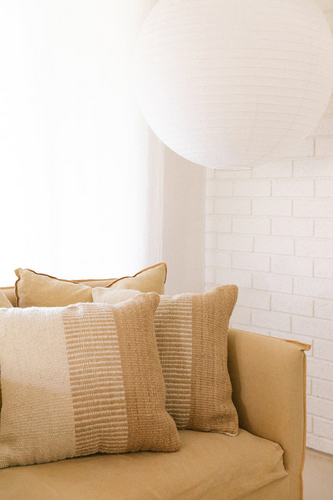 Shop Sale Cushions
Shop Sale Cushions
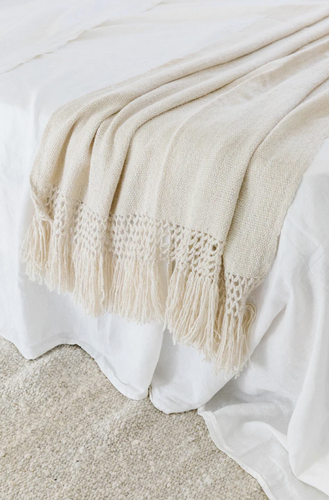 Shop All Sale
Shop All Sale
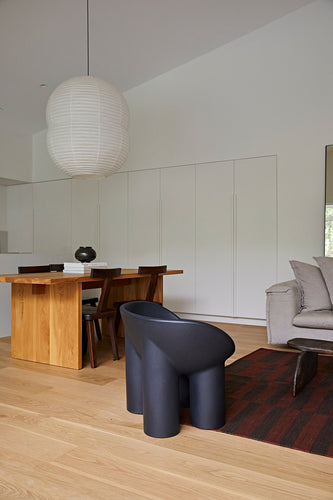 Mi Casa
Mi Casa
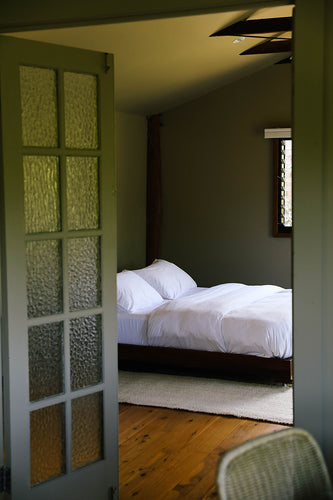 Stay
Stay
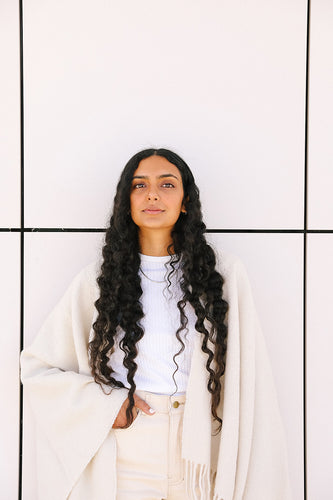 Woman
Woman
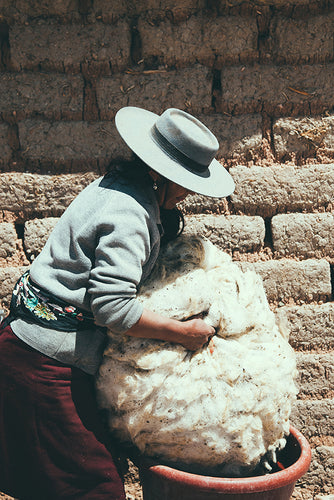 B Corp
B Corp
 Our Artisan Partners
Our Artisan Partners
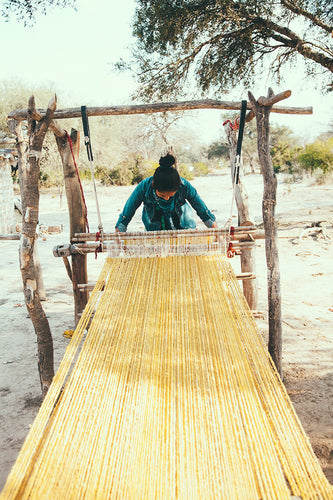 About
About
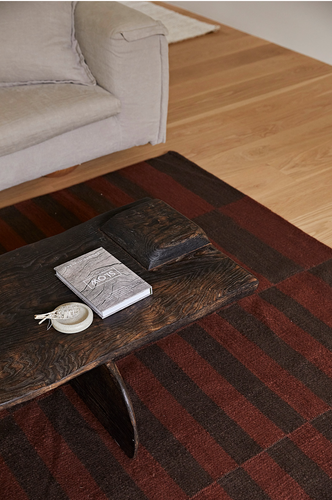 log in to your trade account
log in to your trade account
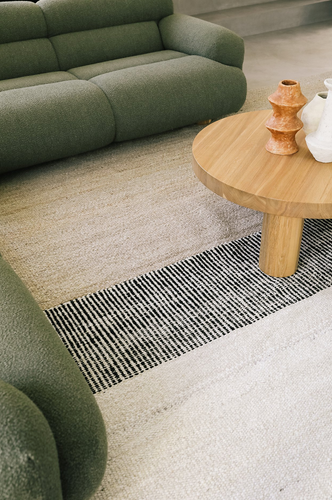 Join our trade program
Join our trade program
